The Sorcerer is a magic user whose blood is stained with power beyond their wildest dreams, but requires experience to bring it out. That blood, or their Sorcerous Origin, can come from from dragons, elementals, angels, or even the concept of order.
Sorcerous Origins are one of the few archetypes in the game that are available at level one. They give one or more abilities at level one, and then additional abilities at level six, 14, and 18. Many give additional spells and mobility options, but they all handle improving the Sorcerer in different ways.
Table of contents
The best Sorcerer subclasses in 5E
Including the Lunar Sorcerer from Dragonlance: Shadow of the Dragon Queen, there are eight Sorcerous Origins in official books of 5E. None of them have particular restrictions on obtaining them, but ask your DM before grabbing options like the Divine Soul, which are found in books other than the Player’s Handbook.
8) Wild Magic
Harness the chaos of nature, but don’t you dare roll a seven.
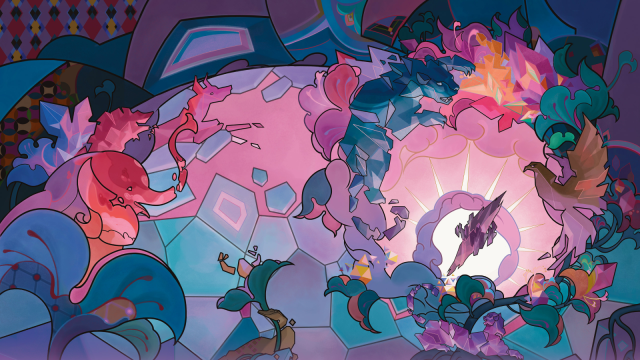
- Role: Magic utility, magic damage
- Notable Features: Wild Magic Surge, Tides of Chaos, Bend Luck
It’s rare in one of these subclass guides that I come across a character that has a two percent chance to kill everyone in the party at level one. But, the Wild Magic Sorcerer is here to be the zany exception.
Wild Magic Sorcerers’ big mechanic is Wild Magic Surge, which gives a small chance for the DM to activate a wild magic event. These events can scale from giving you free magic, to changing your height, to teleporting.
However, the default list has a few options that can permanently ruin your character. Some of these options include dropping an 8d6 Fireball on your feet, de-aging you until you become a baby again, or summoning a powerful threat near you. This list is notably bad, but it is on the DM to replace it.
This is a bit of a shame, because otherwise, the Wild Magic Sorcerer is a somewhat interesting pseudo-support caster. It can reroll d20s, add a d4 to a d20 as a reaction, and eventually get to roll twice on the Wild Magic table.
If your DM allows you to use a different Wild Magic table, this rating probably goes up by one. However, as it is, the chance to permanently murder your character or wipe the party at low levels is a bit too high.
BG3 uses a much better table, though. Feel free to try out how this feels here.
7) Storm Sorcery
Channel the fury of the storm. And be jealous of the Tempest Domain.

- Role: Magic damage
- Notable Features: Tempestuous Magic, Wind Soul
The Storm Sorcerer suffers quite a lot from being in the Player’s Handbook development cycle. Its level three ability, Tempestuous Magic, allows for small amounts of flight that avoids opportunity attacks. This makes it good for multiclassing, since—spoiler alert—that’s the end of the subclass’ usefulness.
Storm Guide is basically flavor, Heart of the Storm is close range with no other inherit abilities that like close range (in fact, one ability that gets you out of close range). Then, later, you get to reflect melee damage as a d6 class. That’ll come in handy when you’re splattered across the wall.
The only other good part of this Origin is level 18’s ability to give you and allies a fly speed. Replicating a spell isn’t bad, especially one as universally useful as Fly.
However, an archetype having a good ability at level three and another one 15 levels later is not exactly the sign of a good archetype.
6) Shadow Magic
And from the shadows, rises a good little boy.
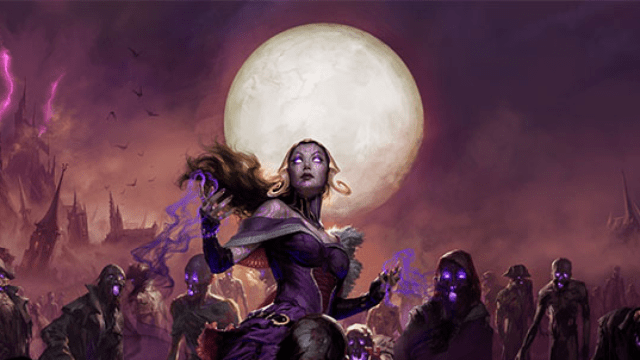
- Role: Magic damage, magic crowd control
- Notable Features: Hound of Ill Omen, Shadow Walk
This is one of our favorite archetypes and the first on the list that we think is strong enough to survive most campaigns.
Its start is interesting, but relatively weak. You begin with 120 foot Darkvision and the ability to roll a Charisma saving throw to survive being put unconscious. Not a bad start for a low-health character, but far from an explosive one.
But if you get your Shadow Sorcerer to level six, you get the Hound of Ill Omen. This Hound takes three sorcery points as a bonus action to summon a good boy. This good boy is a dire wolf that hunts down your foes. While it does attack and do damage, the best part of it is that it debuffs your target’s saving throws by giving them disadvantage.
Disadvantage on saving throws for three Sorcery Points is effectively the same as Heightened Spell, but that only applies to one saving throw. Imagine putting someone into Hold Person, they have disadvantage to save against it, and a Dire Wolf is critting them every turn.
That’s not all. At level 14, you get the ability to permanently teleport between two dark spots, and level 18 allows to to assume a form that can walk through objects.
If the Dire Wolf from Hound of Ill Omen scaled just a bit better, we’d consider this to be a very strong archetype indeed.
5) Draconic Bloodline
Dragon blood runs through your veins. You’d figure that might give you more than Charisma to damage, but I won’t complain.

- Role: Specific elemental damage
- Notable Features: Dragon Ancestor, Draconic Resilience, Elemental Affinity
The Draconic Origin is a strong blaster caster with some limited durability improvements. It boosts your HP by one per level, like you had a plus-two to Constitution, and also provides you with 13 base AC. Helpful for a class that typically wears robes.
The real meat of this class comes at level six, where you deal more damage to enemies when you cast a spell of a specific element. Fire and Lightning have some great options on the Sorcerer spell list for high damage, while Cold is a good runner-up with solid crowd control utility. This makes Draconic one of the better raw damage options for a sorcerer, even to this day.
And it doesn’t only get damage. At level 14 you get Flight and level 18 brings you fear effects.
This is probably the most simple and safe Sorcerer archetype, though it lacks the flashy elements that make the other subclasses so unique.
4) Lunar Sorcery
The full moon is beautiful tonight.
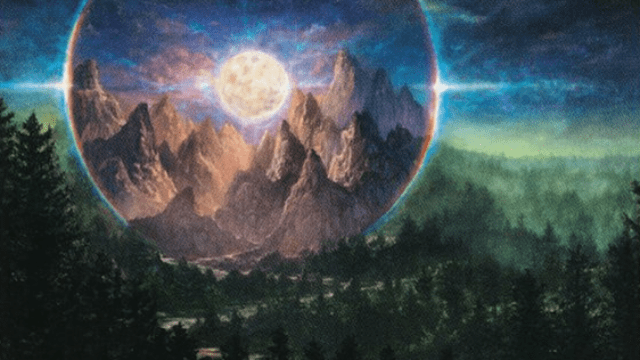
- Role: Magical damage, magical utility
- Notable Features: Lunar Embodiment, Lunar Boons
The Lunar Sorcerer is a strange one whose gimmick relies on the phases of the moon. There are three phases—Full, New, and Crescent Moon—that each like two specific schools of spells—Abjuration and Divination, Enchantment and Necromancy, and Illusion and Transmutation, respectively.
You learn additional spells based on your moon phase and can eventually spend metamagic on their school of spells for lower cost. You can swap your phase after a long rest or by spending a sorcery point and bonus action at level six.
Over time, you gain additional powers related to your phase of the moon, from bonuses to skill checks like Perception or Investigation to dealing damage and potentially blinding foes.
While the Lunar Sorcerer provides exceptional options for a Sorcerer, the issue comes from how expensive it is to maintain the lunar phases you want. The phases are extremely different from one another, and each have strong situational abilities that you might want. That costs quite a few Sorcery Points. While you do discount metamagic with specific schools, you’re going to find yourself burning points all of the time here.
That said, this is a strong origin with a high skill ceiling that you should very much consider. The stance-swapping elements of it makes it very fun to roleplay and make use of during busy fights.
3) Clockwork Soul
Embrace balance. Embrace law. And embrace gears.
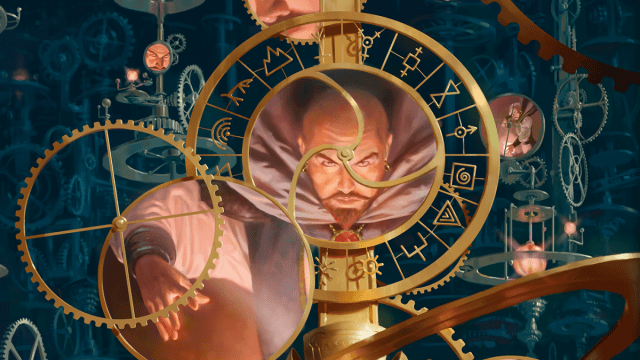
- Role: Magic support, magic utility
- Notable Features: Clockwork Magic, Restore Balance, Bastion of Law
The Clockwork Soul is the first of our Origins that has a unique expanded spell list. You learn two additional spells per level and can replace those spells, separate from your normal spells, with Abjuration or Transmutation spells from the Sorcerer, Wizard, and Warlock spell lists. This makes the Clockwork Soul able to get a few options unique to Wizards or Warlocks, like Armor of Agathys or Protection from Evil and Good. For Sorcerers, gaining 10 additional spells is life-saving, and can really open up your options.
The rest of the class is strong, but nowhere near as potent as the 10 extra spells known can be. Many features revolve around “law,” such as negating advantage or disadvantage or protecting creatures nearby with a magical shield made of sorcery points.
The lategame skills of the class are very enjoyable. At level 14, you can enter a trance that negates attacks with advantage against you and gives you guaranteed 10 minimums on saving throws, attack rolls, or ability checks. That helps a lot for Concentration during big fights, and a 10 on an attack roll usually means you’ll hit a boss. Then, your capstone lets you heal allies, repair items, and end mid-level spells.
It’s a great supportive archetype with a lot of potential.
2) Aberrant Mind
You always were a bit different. Maybe a bit shy, did things differently, spoke to people in your heads. A bit of an introvert.

- Role: Magic damage, magic support
- Notable Features: Psionic Spells, Psionic Sorcery
Similar to the Clockwork Soul, the Aberrant Mind sorcerer learns several spells. This time, they learn spells from the Divination and Enchantment spell list. This still unlocks a handful of possibilities for a Sorcerer, such as Augury, Divination, Hex, and Scrying.
However, the Aberrant Mind has a few more tricks up its sleeve that are a bit stronger than Clockwork Soul. They begin with a form of telepathy that, sadly, doesn’t let you communicate across language barriers. It does work a few miles away, which can lead to fun moments.
The real good stuff is the ability to cast your Psionic Spells using sorcery points instead of spell slots. That’s really good, since they discount the sorcery point cost by about half. This makes your Sorcerer have a massive number of “spell slots” without having to resort to Coffeelocking.
Your other abilities are far less impressive. You can transform your body to give you some utility, like flight and see invisibility, and eventually attempt to black-hole nearby foes. The capstone ability is great for emergencies and can be followed up with a Quickened Fireball or similar spell for devastating effect.
This archetype has an exceptionally strong spell list with access to extra spells. But, it isn’t what we’d call the strongest Sorcerer in the entire game.
1) Divine Soul
And through my radiance, our victory is certain.
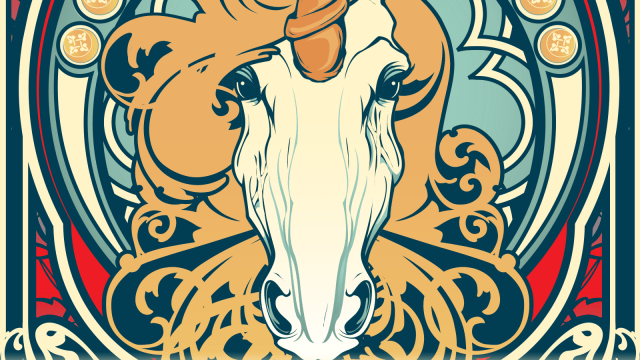
- Role: Magic damage, magic support
- Notable Features: Divine Magic, Favored by the Gods, Otherworldly Wings
The Divine Soul is a pretty mediocre class if you ignore a class feature. Sure, as a reaction once per rest, it can add 2d4 to a saving throw or attack roll. And sure, it can eventually fly. But that’s mixed in with a basic flight ability and a capstone of once-per-day big heal is mediocre. How can it be the very best Sorcerous Origin?
The Divine Soul Sorcerer has the strongest spell list in the entire game.
The Divine Soul gets to choose between Cleric and Sorcerer spells. You get all of the blasting power and buff spells of a Sorcerer—Fireball, Haste, Fly—with the incredible support options of a Cleric—Shield of Faith, Revivify, Healing Word. Being able to use Metamagic with spells like Revivify or Heal leads to incredible results. The Divine Soul Sorcerer can actually take on the role of the party healer.
But, you also can’t discount its blasting potential. Especially early on, Clerics have solid damage options like Guiding Bolt that can tear through enemies. Mixed with Favored by the Gods, the Divine Soul Sorcerer can do fine as a damage dealer too.
Ultimately, all of that spell versatility makes the Divine Soul our pick for the best Sorcerer subclass in 5E.


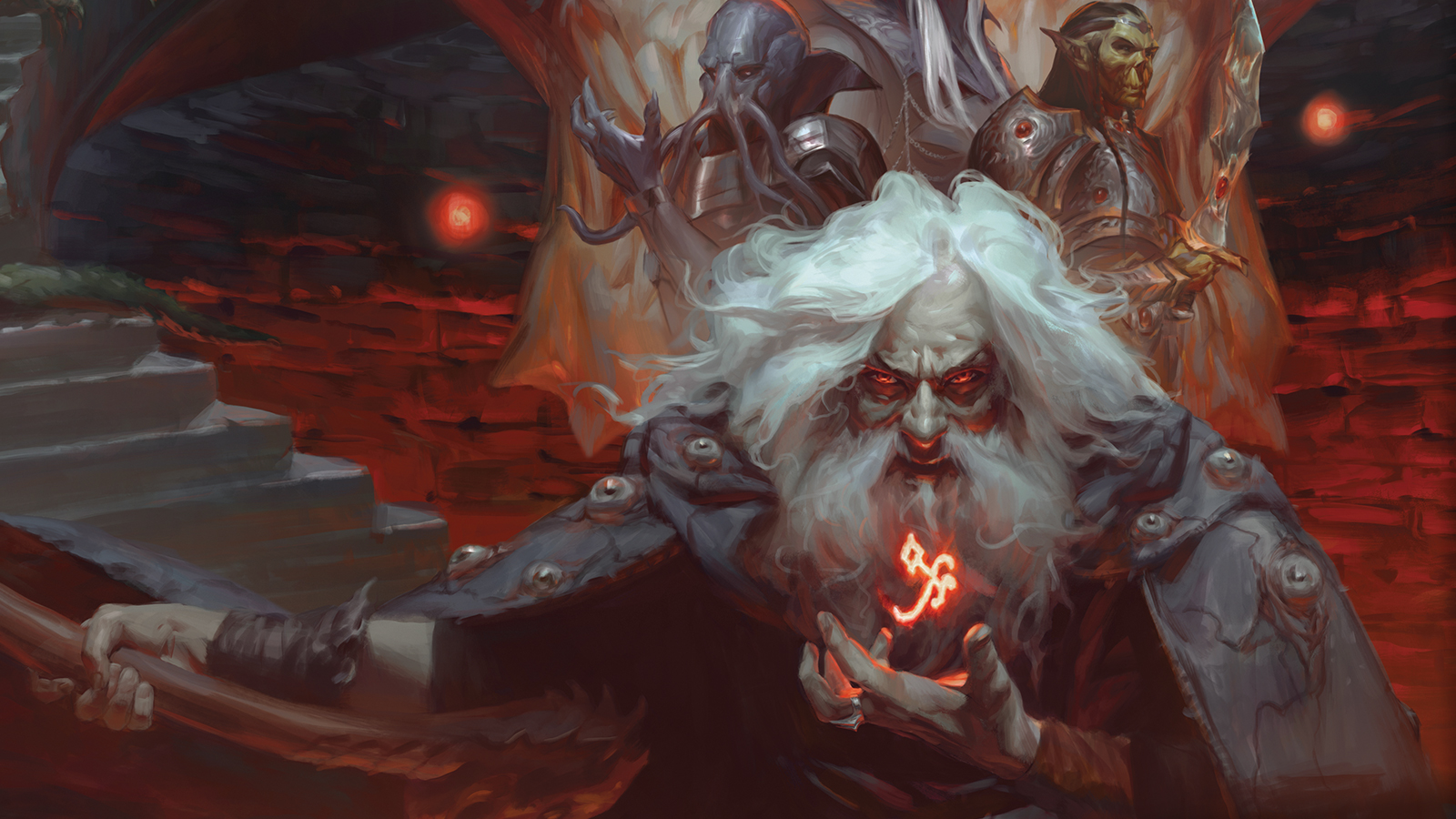
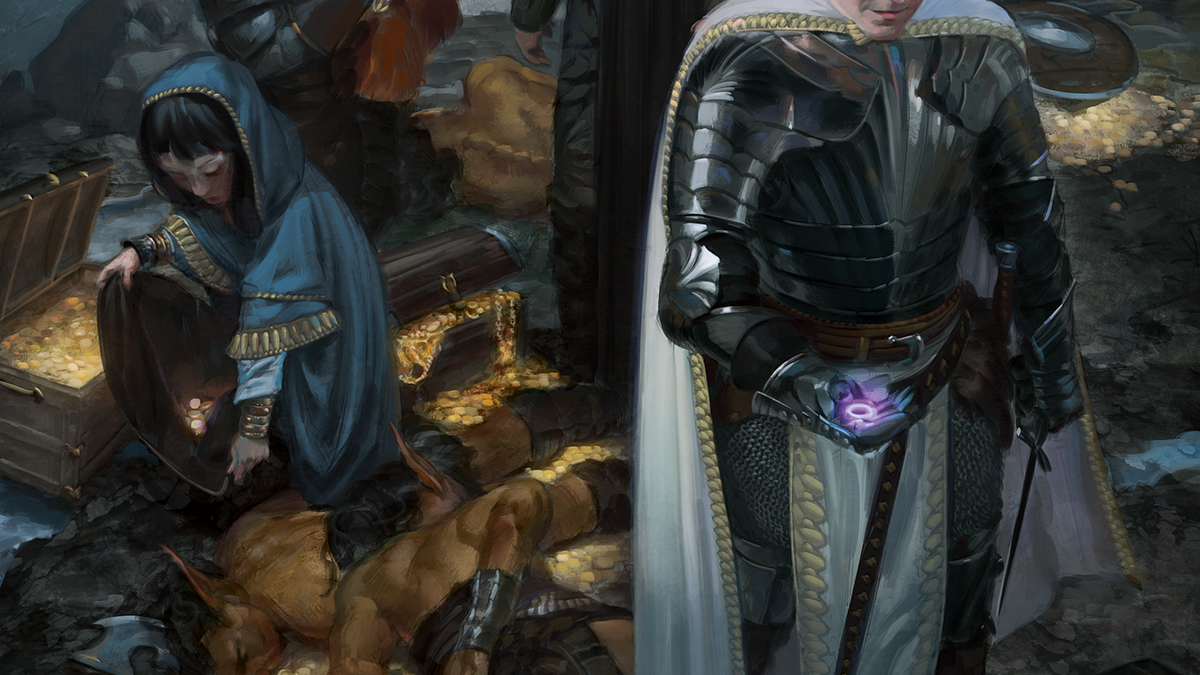
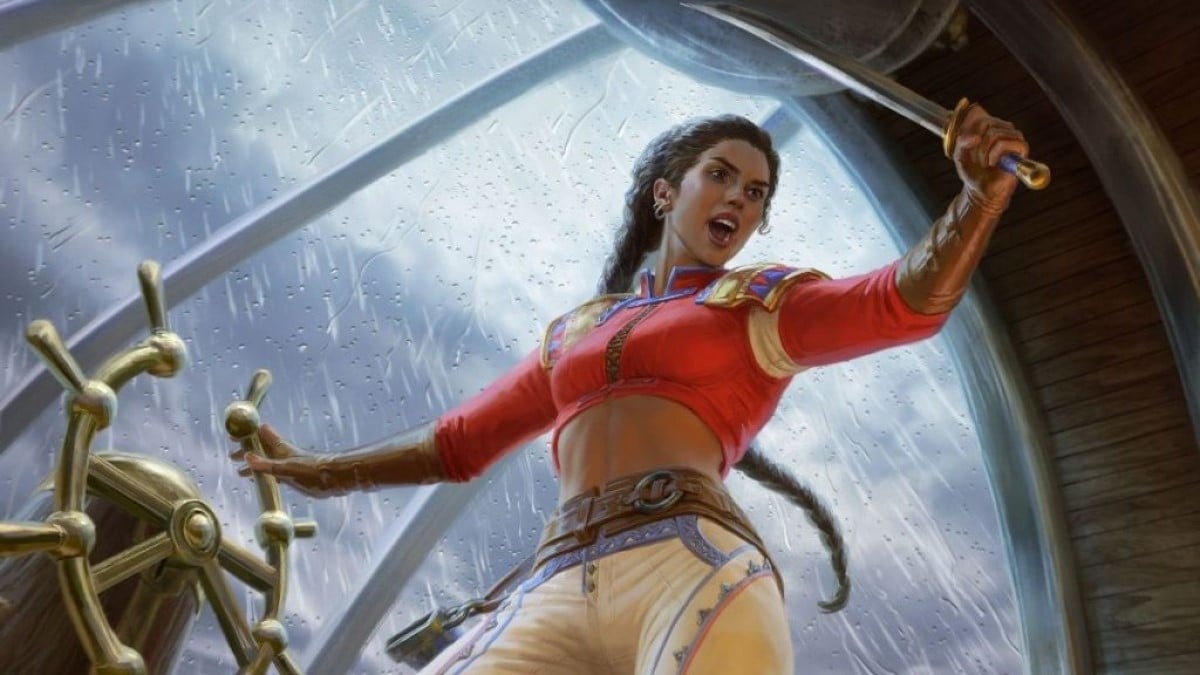

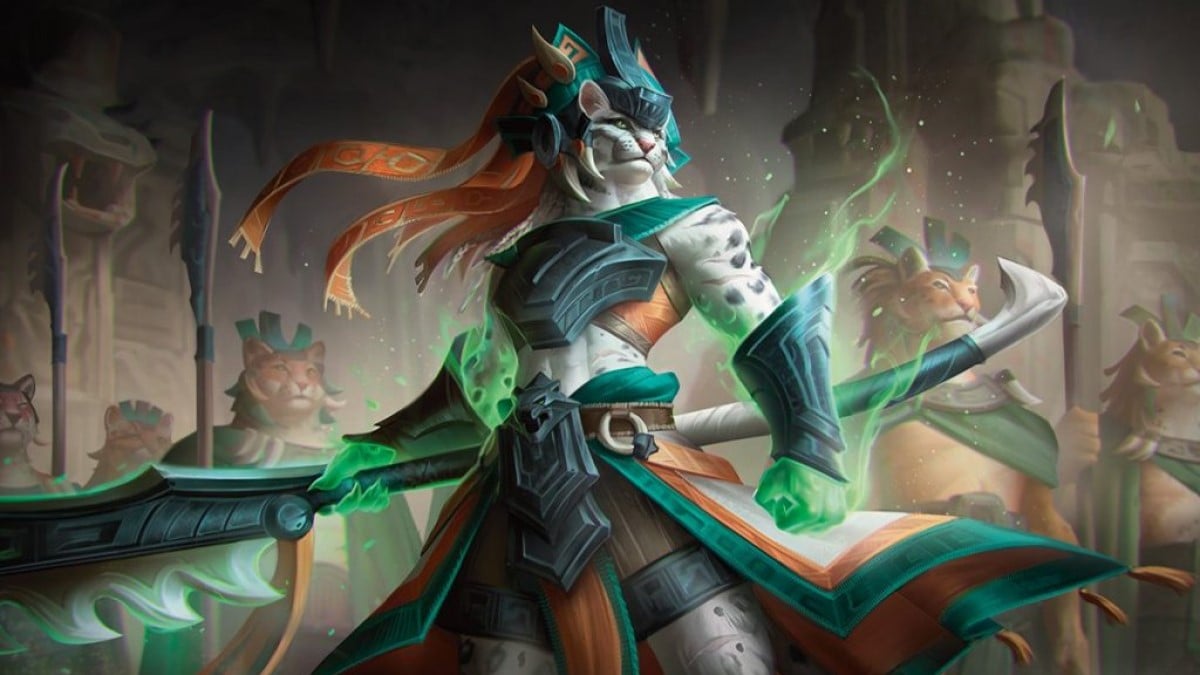
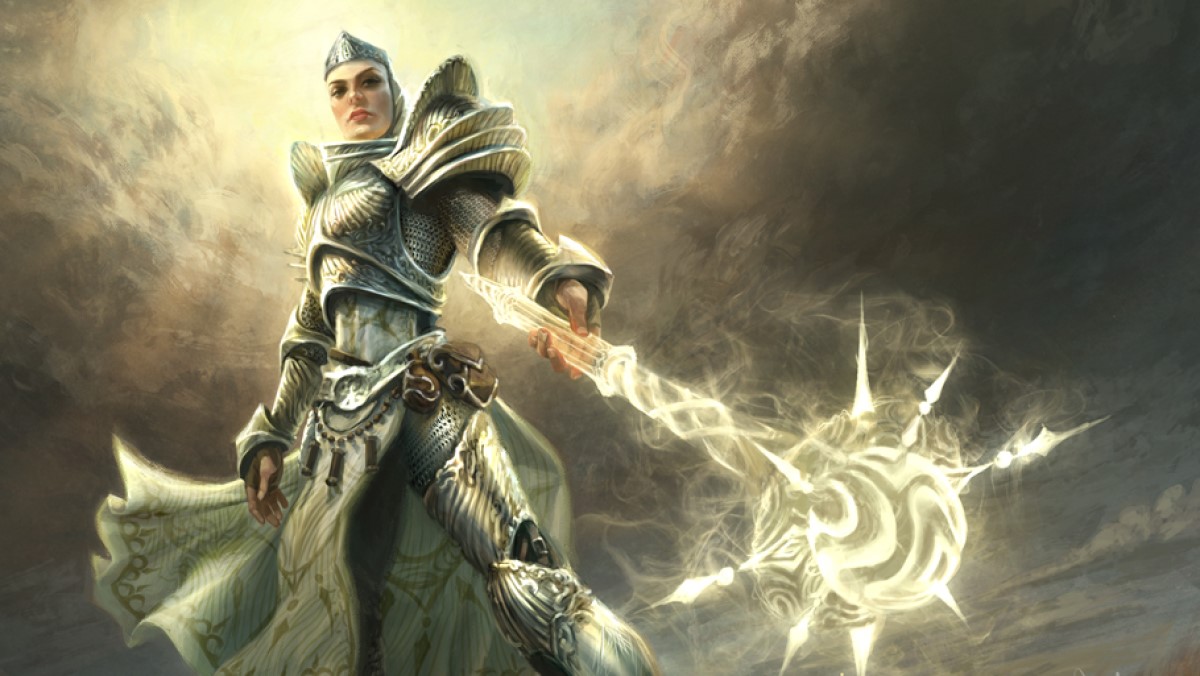

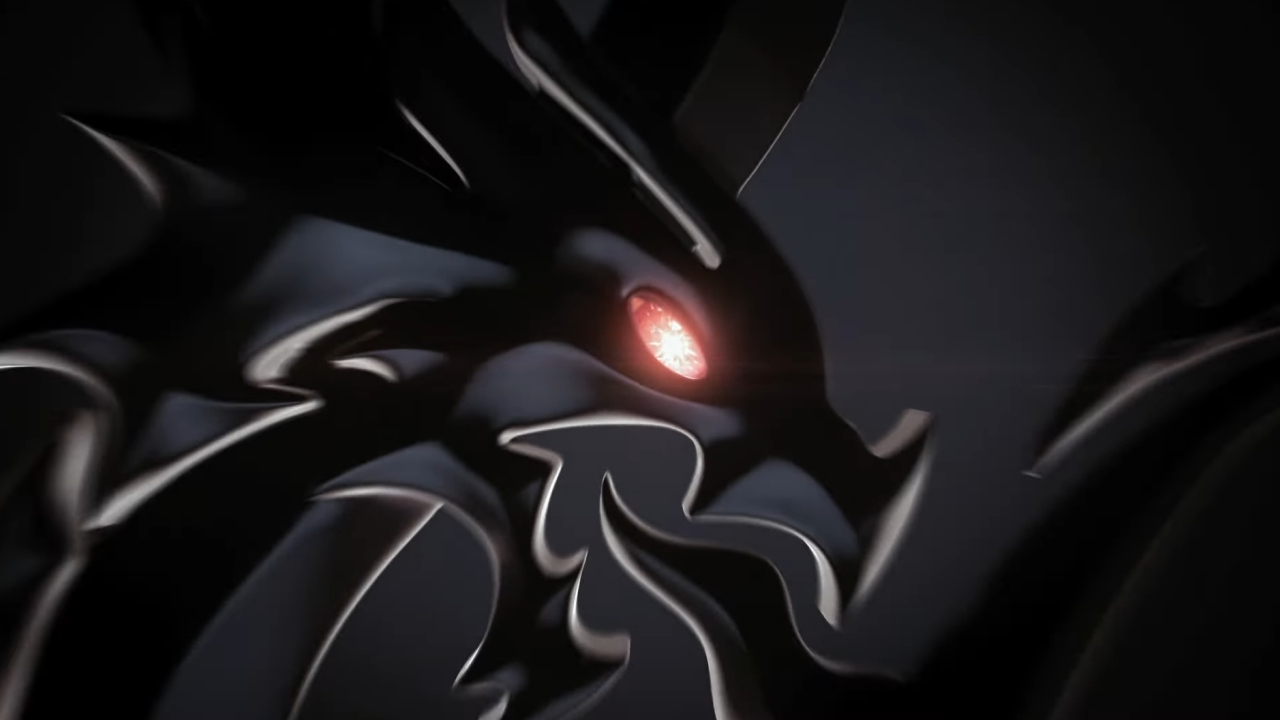
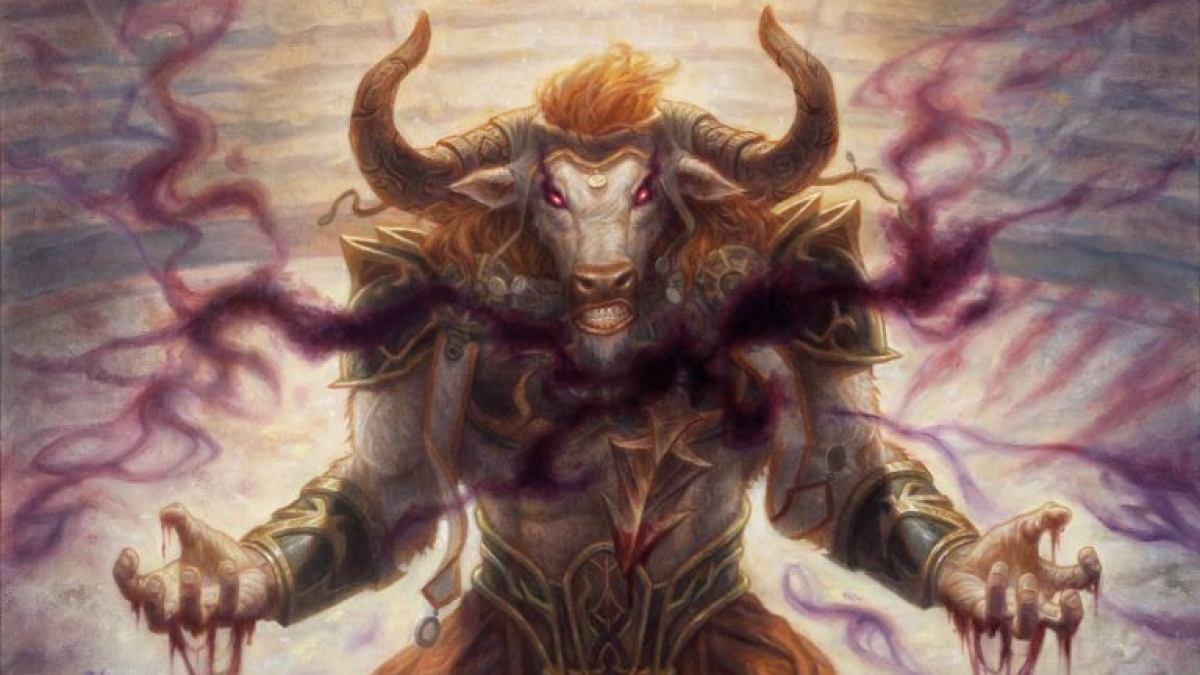

Published: Sep 15, 2023 02:22 pm